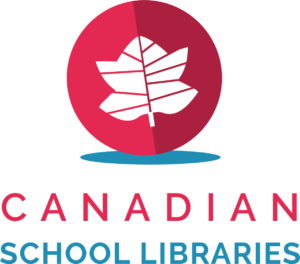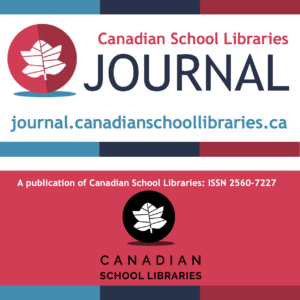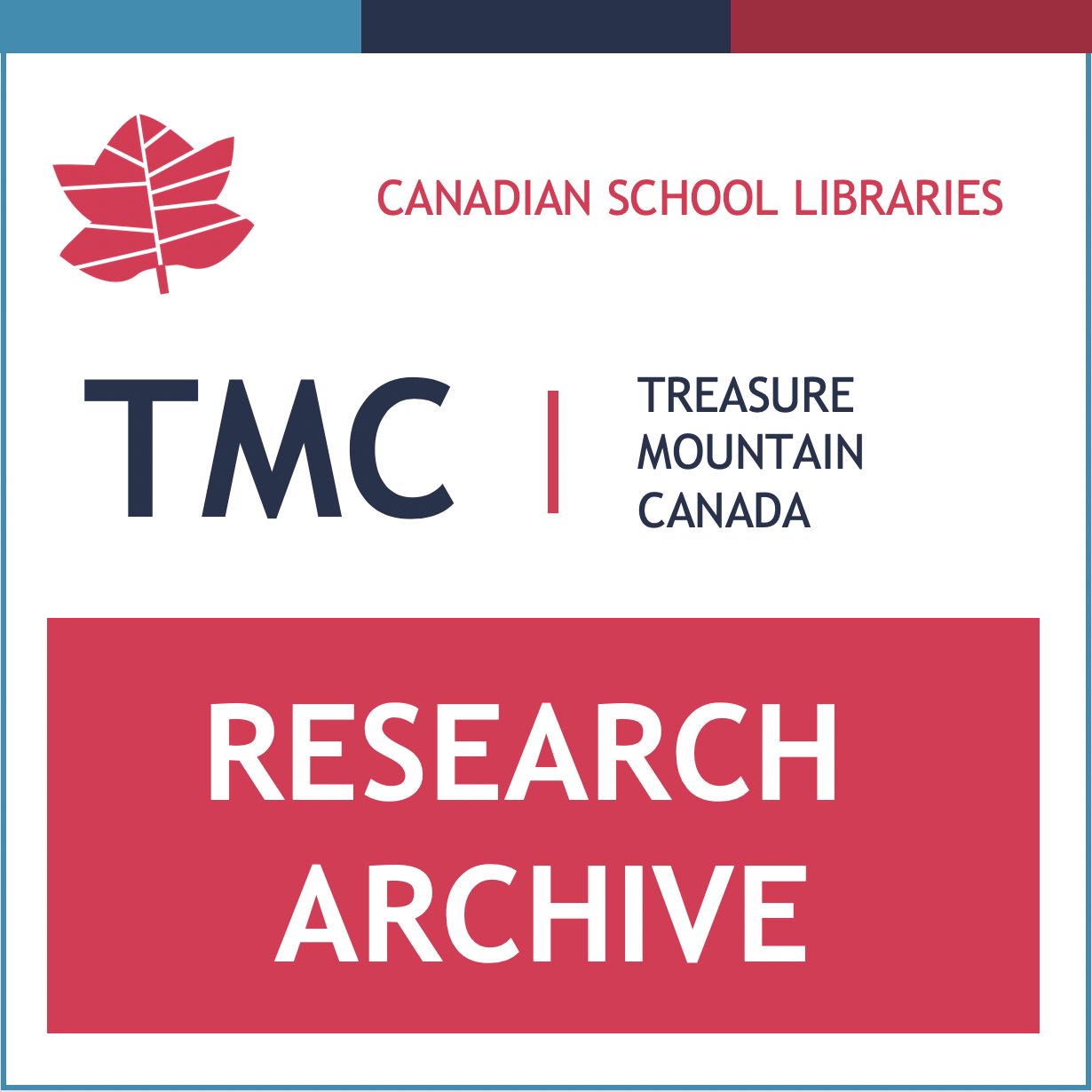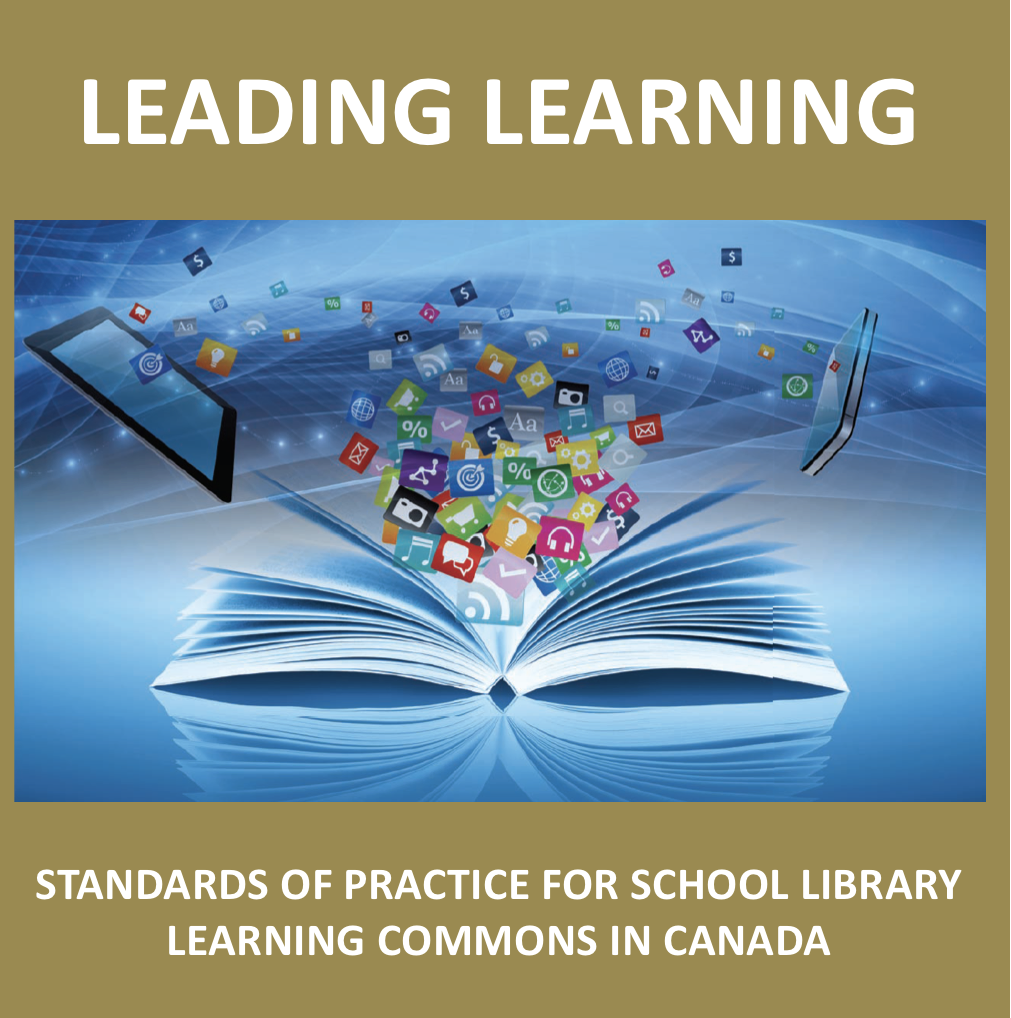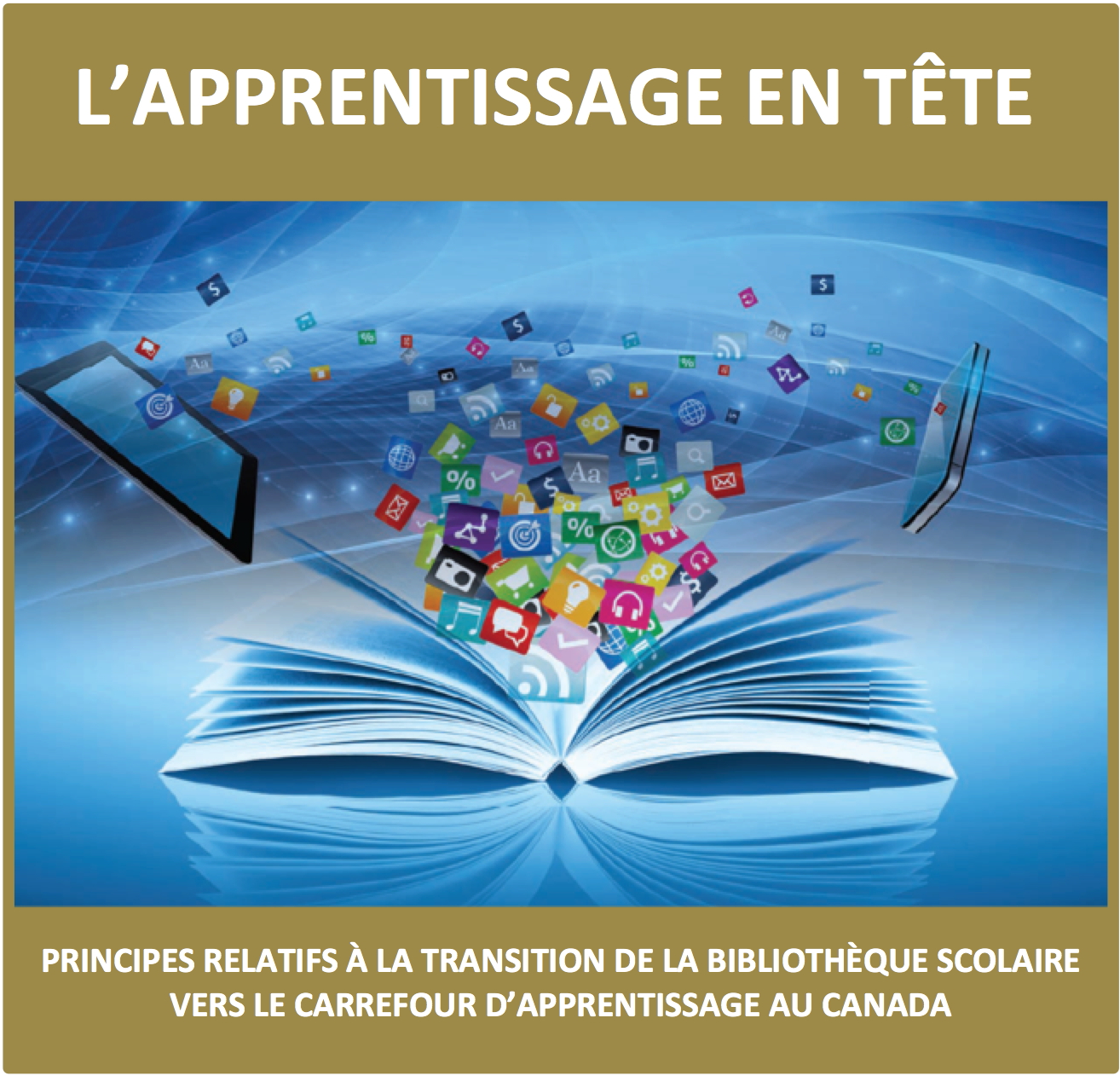(Originally posted January 16, 2011 on Blogger)
Teaching Wikipedia was the title of a presentation I did at the Ontario Library Association‘s Super Conference 2008. I had, before that, done a similar session for The Partnership’s Education Institute and for the Educational Computing Organization of Ontario conference. I was on a bit of a crusade to get educators to shift their attitude about this valuable resource, become literate about it themselves, and in turn teach their students how to use it effectively. I think that message has been heard and understood by many educators, but there are still those amongst us who blindly warn their students about Wikipedia based on their own ignorance of the coverage, quality and culture of this most widely-used source.
Wikipedia just turned 10, and the Pew Internet & American Life Project celebrated by conducting a survey about who uses it. The resulting report, Wikipedia, past and present, shows some fairly predicable demographic statistics about users, but ones that might surprise many educators. According to the study, 53% of American adults look for information from Wikipedia, which is up from 36% in 2007, the first year that Pew asked the question in their surveys. That 17% rate of increased Wikipedia use was significantly larger than the increase in adults reporting that they used the Internet at all – a more modest increase of 9% over the same time period.
For Wikipedia detractors in education, the next finding might come as a shock. With them, Wikipedia is often portrayed as the preferred source for the information-illiterate. The Pew study found, however, that the greatest predictor of Wikipedia use was level of education. Go figure! It turns out that Wikipedia is most popular amongst those with university degrees, with 69% in that demographic being Wikipedia users. Other predictors included income – the higher the income the more Wikipedia use, and age. The young and educated are more likely to use the social online encyclopdia than their older counterparts. The old-fashioned but still alive and well digital divide continues to be a predictor. People with dial-up connections to the Internet are far more limited in their use than those with broadband.
So what does all this mean? It means that it’s time for all educators, but particularly those of us who are charged with teaching information literacy in the context of a school library program, need to get with the program. We should be embarrassed by those amongst us who continue with their old-school defensiveness and snobbery about Wikipedia and Google. We need to immerse ourselves in Wikipedia and really figure out how it works so that we can in turn teach the skills of assessing the quality of Wikipedia articles rather than try to apply irrelevant criteria that may work for other sources. We also need to teach them the role that Wikipedia plays in balanced research and introduce them to the broad range of other sources that our libraries offer too.
Our students use Wikipedia because it has been a successful strategy for them. It is our responsibility to explore and deeply understand the resources to which our clientele (and as it turns out, most of the rest of the world) naturally gravitate. I think most of us understand that far better now than a few short years ago when I was on my Wikipedia crusade. For the rest, understand that making sweeping negative generalizations about this pervasively popular tool only serves to confirm students’ impression that the teacher / teacher-librarian is an information dinosaur, not an information guru.





